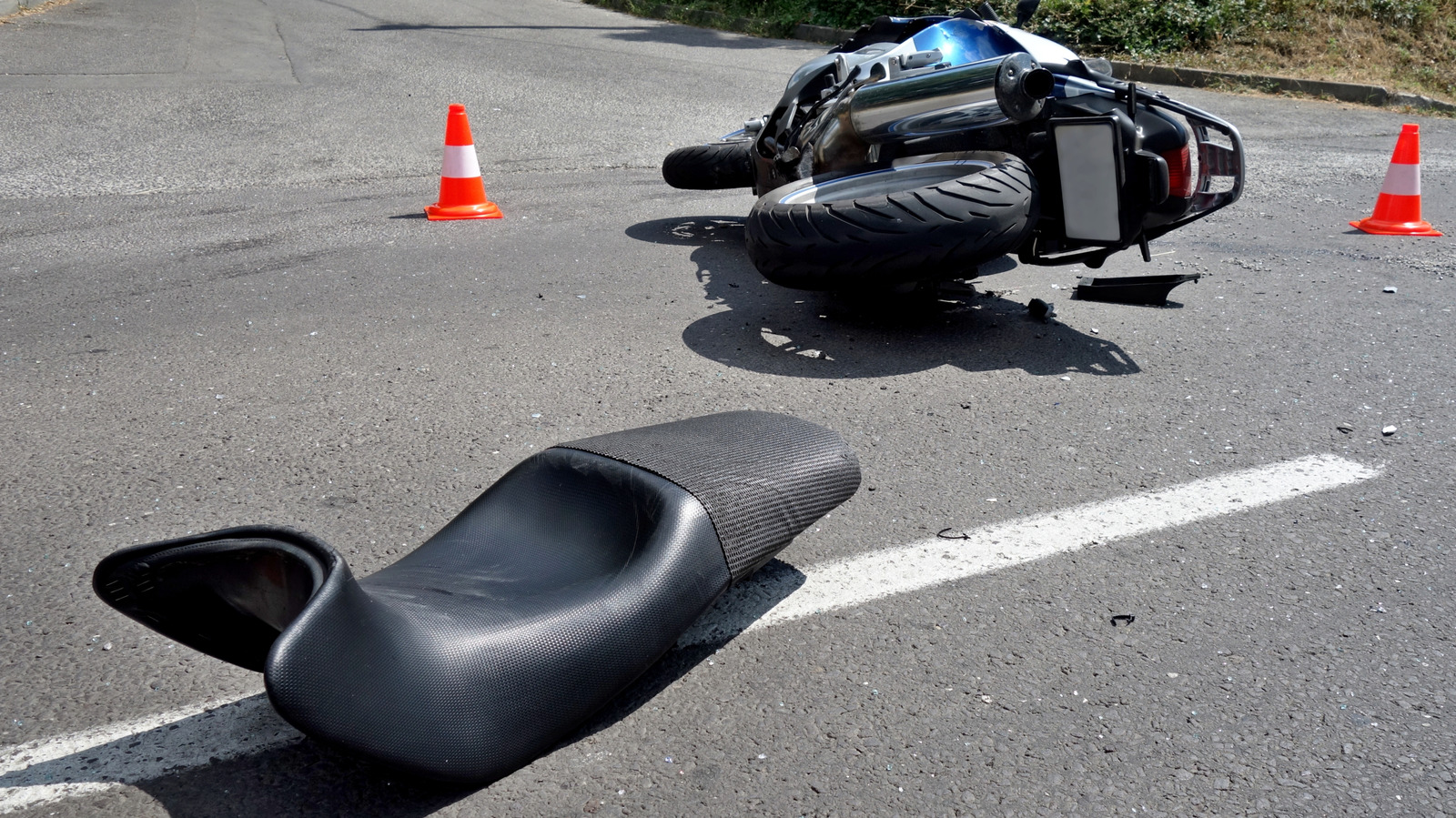What Actually Happens to Your Body When You Crash a Motorcycle?
Let’s get real—crashing a motorcycle isn’t just a dramatic scene from an action movie. It’s a split-second event where physics takes over, but your choices and reactions still matter. So, what’s actually happening to your body in those critical moments, and how can you stack the odds in your favor?
Why Does Physics Rule the Moment You Go Down?
The second your tires lose grip or you’re forced off your bike, Newton’s laws take the wheel. Your body and the bike are both moving at the same speed as the road beneath you—until something interrupts that motion. That’s when inertia kicks in. If you’re going 40 mph, so is every part of you, and unless you’re wearing the right gear, your skin and bones are about to meet the pavement at that speed.
It’s not just about speed, though. The angle of your fall, the surface you hit, and how you land all play a role. For example, sliding on smooth asphalt is very different from tumbling into gravel or hitting a curb. The forces involved can be brutal: According to a study published in the journal Accident Analysis & Prevention, the risk of serious injury increases dramatically with even small increases in speed.
How Do Your Reactions Influence the Outcome?
Believe it or not, your split-second decisions can make a difference. Seasoned riders often talk about “relaxing” during a fall. That sounds counterintuitive, but tensing up can actually make injuries worse—think broken wrists from bracing for impact. Instead, letting your body go limp (as much as instinct allows) can help distribute the force more evenly, reducing the risk of fractures.
There’s also the matter of what you do just before the crash. Squeezing the brakes too hard, overcorrecting, or panicking can all make things worse. Training courses like those offered by the Motorcycle Safety Foundation emphasize practicing emergency maneuvers so your muscle memory takes over when it counts.
Does What You Wear Really Make a Difference?
Absolutely. The gear you choose isn’t just about looking the part—it’s your best defense against road rash, fractures, and worse. A 2022 analysis from the National Highway Traffic Safety Administration found that riders wearing full protective gear (helmet, jacket, gloves, pants, boots) were 73% less likely to suffer serious injuries compared to those in street clothes.
Helmets, of course, are non-negotiable. They reduce the risk of fatal head injury by nearly 40%, according to the CDC. But don’t overlook armored jackets and pants, reinforced gloves, and sturdy boots. Modern gear is lighter and more comfortable than ever, so there’s really no excuse to skip it.
What Happens to Your Body on Impact?
Here’s where things get gritty. When you hit the ground, your body absorbs a massive amount of energy. Without protection, that energy gets transferred directly to your skin, muscles, and bones. The result? Abrasions, bruises, and sometimes catastrophic injuries.
If you’re lucky, you’ll slide rather than tumble. Sliding spreads out the force, while tumbling concentrates it on specific points—like your shoulders, hips, or head. That’s why even a low-speed crash can leave you with a broken collarbone or worse if you’re not armored up.
Why Do Some Riders Walk Away While Others Don’t?
It’s a mix of luck, physics, and preparation. Two riders can have nearly identical crashes, but the one with better gear, more experience, and a bit of luck might walk away with just a few bruises. The other? Potentially life-altering injuries.
Environmental factors matter, too. Wet roads, loose gravel, or traffic can all change the outcome. That’s why experts recommend always riding defensively and assuming you’re invisible to other drivers.
How Can You Tilt the Odds in Your Favor?
You can’t control everything, but you can stack the deck. Invest in high-quality gear and make it a habit, not an afterthought. Take advanced riding courses—even if you’ve been riding for years. And always, always ride within your limits.
The big takeaway? Motorcycle safety isn’t about perfection—it’s about smarter adjustments. Start with one change this week, and you’ll likely spot the difference by month’s end.


